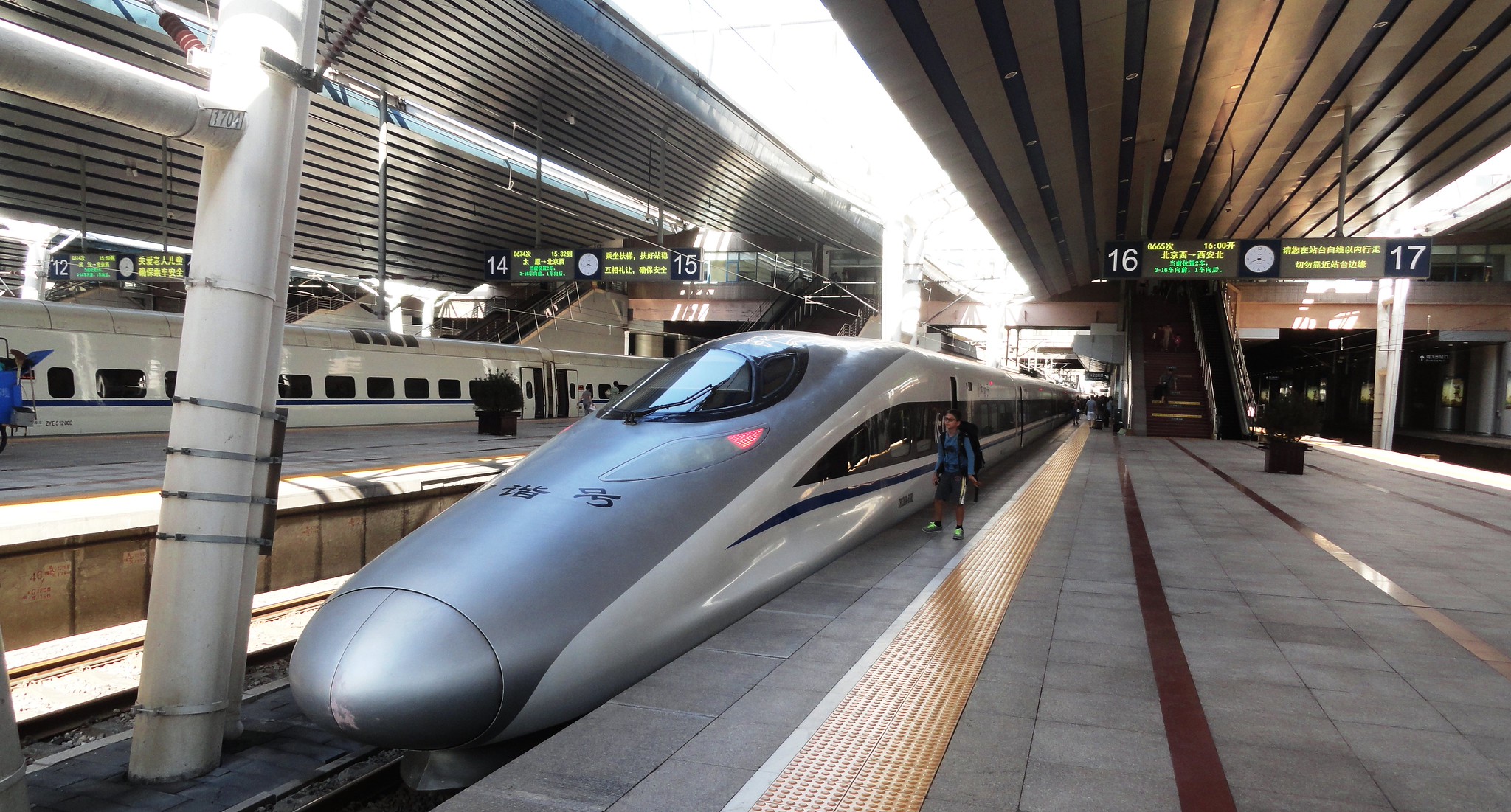
If you like painted bike lanes, you'll probably love protected bike lanes.
That's a key finding from the first academic study of U.S. protected lanes, released this week, which surveyed 1,111 users of eight protected lanes in five cities around the country and 2,301 people who live near them.
Among people whose most important reason for not using a bicycle for transportation is that they feel uncomfortable on the streets — a vast swath of city-dwelling Americans that Portland Bicycle Coordinator Roger Geller dubbed the "interested but concerned" in a famous 2006 white paper — there's been scientific evidence for a few years that painted bike lanes make them feel slightly more comfortable. As cities across the country have followed Portland's lead by striping major streets with bike lanes, the science has been verified on both counts: The share of urban bike commuters has risen just about everywhere ... slightly.
Now, Monday's study offers scientific evidence that protected bike lanes make the same group of Americans feel more comfortable.
Fully 96 percent of people surveyed while riding in protected bike lanes said the plastic posts or parked-car barriers increased the safety of biking in the street. In fact, so did 80 percent of nearby residents, whether they ride a bicycle or not.
Among nearby residents who either currently bike for transportation but feel uncomfortable riding in painted bike lanes on major streets, or who want to bike more despite feeling uncomfortable in painted bike lanes — the feeling of increased safety was particularly strong: 88 percent of those people said the protected lanes were safer.
Even among people who said they had previously experienced a "near collision" while riding in the protected lane, 94 percent said the protected lanes had made the streets safer than they were before.
Separation barriers don't need to be fancy to get the job done.
These projects drew overwhelming safety and comfort ratings even though many stretches of the protected lanes studied used nothing except flexible plastic posts to separate bikes and cars. In fact, when asked to rate their comfort levels from 1 to 6, more users of protected lanes said they felt comfortable with plastic posts than with parked cars or even a raised concrete curb:
We're not saying that good protected lane intersections are a snap to design or that no one has ever been hurt in them; every type of intersection sees some injuries.
But when 96 percent of people using the lanes report them to be safer, cities should take note.
You can follow The Green Lane Project on Twitter or Facebook or sign up for its weekly news digest about protected bike lanes.





